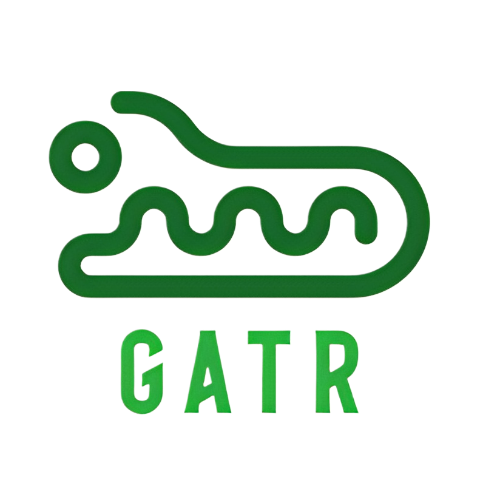Minting is the process of creating a new NFT on the blockchain. During minting, a digital file (e.g., an image, video, or audio file) is converted into a cryptographic token that represents ownership of that digital asset. The minting process typically involves the following steps:
- Creation: The digital asset is created or prepared for tokenization.
- Metadata Generation: Metadata, such as the asset’s name, description, and attributes, is generated and formatted according to standards like CIP-25.
- Token Creation: The metadata and digital file are uploaded to the blockchain, and a new NFT is created, often by calling a mint function in a smart contract.
The smart contracts responsible for processing payments and delivering the token are nowadays handled by “minting services” like NFT Maker. They make it very easy to create NFTs, add images and files, determine pricing and availability and more.
Once minted, an NFT doesn’t do anything. It sits in your wallet until sold or transferred. However, once you add utility to a token the value of the token is whatever the value of what you are selling, whether it is a documentary film, an animated series, a live performance, or merchandise.
Policies
In the context of Cardano, a policy is a set of rules that govern the minting and management of NFTs. Policies are defined by policy scripts, which can include conditions such as time constraints or specific signatures required for minting or transferring the NFT. A policy ID is a unique identifier derived from the policy script and is used to group NFTs under a common set of rules.
Locking
Locking refers to the mechanism that restricts further changes to an NFT or its policy. Once an NFT or policy is locked, no more tokens can be minted or modified under that policy. Locking is typically used to ensure the scarcity and permanence of NFTs, providing collectors with confidence that the token supply will not change.
Royalties
Royalties are ongoing payments made to the original creator of an NFT each time the token is resold. This ensures that artists and creators continue to receive compensation as their work changes hands. Royalties are often encoded in the smart contract governing the NFT, specifying a percentage of the sale price that will automatically be transferred to the creator’s address upon each secondary sale. This mechanism supports artists by providing them with a continuous revenue stream from their creations.





